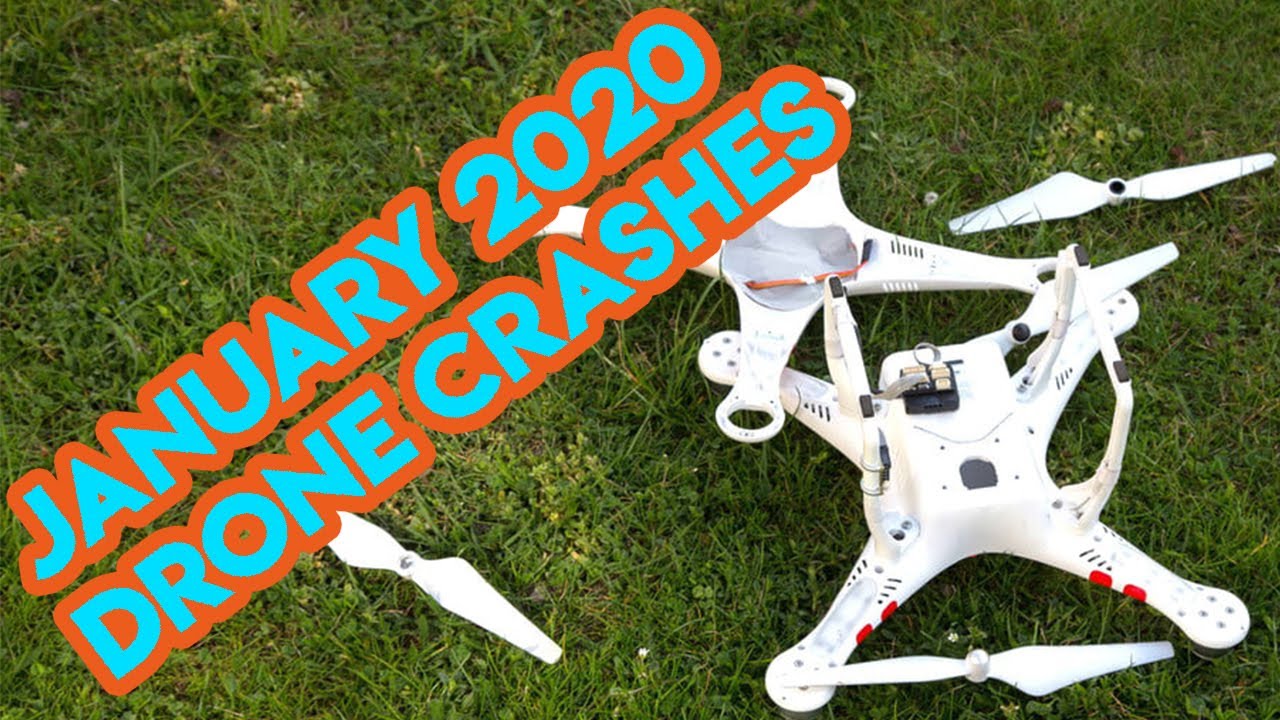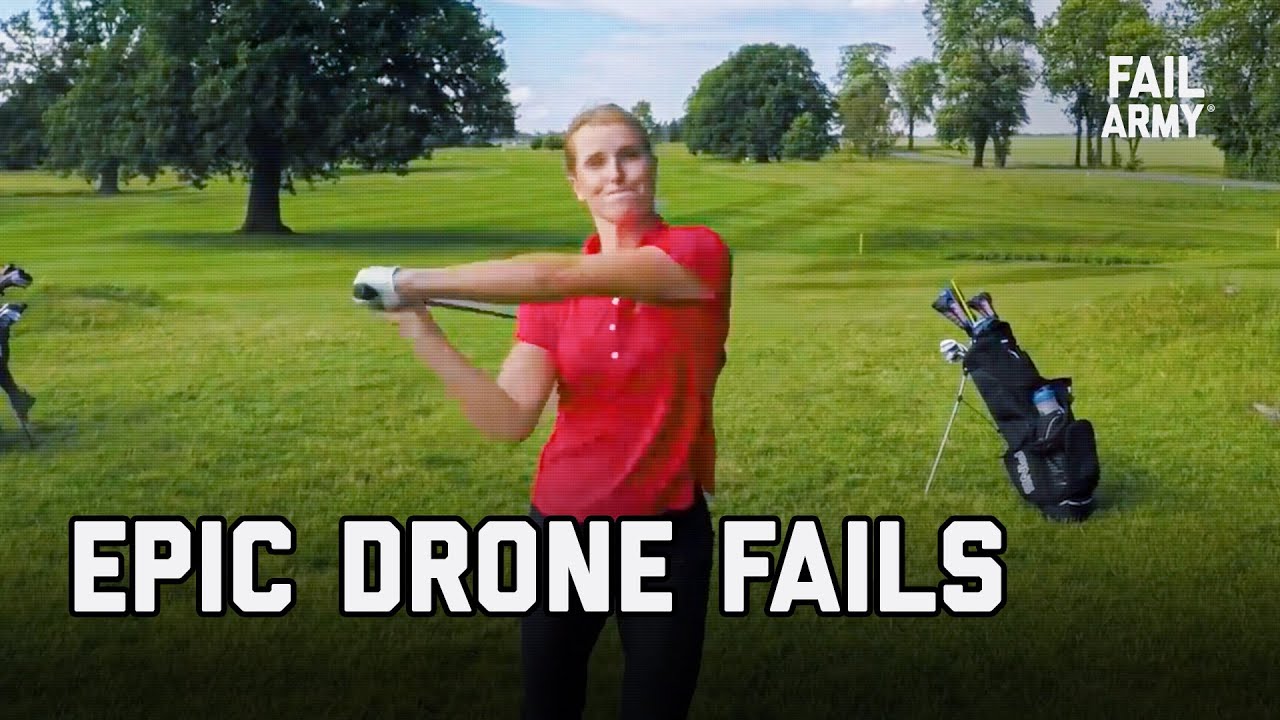Drone show crash: The breathtaking spectacle of a synchronized drone light show can quickly turn terrifying. This article dives into the various reasons why these high-tech displays sometimes go wrong, exploring everything from mid-air collisions and power failures to software glitches and the impact of unpredictable weather. We’ll also examine safety protocols, technological advancements, and the aftermath of a crash, offering insights into preventing future incidents and ensuring the continued safe enjoyment of these awe-inspiring performances.
We’ll cover the different types of crashes, analyzing common causes and offering preventative measures. We’ll also delve into safety regulations, pilot training, and the crucial role of technology in minimizing risks. Finally, we’ll explore the legal and financial ramifications of a drone show crash and discuss strategies for mitigating future incidents.
Drone Show Crash Analysis: Understanding Causes, Prevention, and Mitigation

Drone shows, while visually spectacular, carry inherent risks. Understanding the various types of crashes, implementing robust safety protocols, and leveraging technological advancements are crucial for ensuring safe and successful events. This article delves into the key aspects of drone show crashes, exploring their causes, consequences, and preventative measures.
Types of Drone Show Crashes and Their Causes
Drone show crashes stem from a variety of factors, often intertwined. These malfunctions can be broadly categorized into several types, each with its own set of contributing causes.
- Mid-air Collisions: These occur when two or more drones collide during a synchronized flight. Common causes include inaccurate GPS data, communication signal interference, or pilot error in maintaining safe distances.
- Power Failure: Battery depletion or malfunctioning power systems can lead to sudden crashes. This is often exacerbated by extended flight times or environmental factors like extreme temperatures.
- Software Glitches: Bugs in the drone’s flight control software, firmware updates, or communication protocols can result in unpredictable behavior and crashes. This is especially concerning with complex, synchronized shows.
- Weather-Related Crashes: High winds, rain, or fog can significantly impact drone stability and control, increasing the likelihood of crashes. Strong gusts can push drones off course, while rain can affect sensor performance.
Preventative measures include redundant battery systems, rigorous pre-flight checks, robust software testing, and weather monitoring before and during the show. Emergency landing protocols and backup control systems are also vital.
Safety Protocols and Regulations for Drone Shows
Stringent safety regulations and protocols are paramount to minimizing the risk of drone show crashes. These encompass pre-flight checks, operational procedures, and pilot training.
A comprehensive pre-flight checklist should include:
- Battery level check
- Propeller inspection
- GPS signal strength verification
- Software version check
- Communication system test
- Emergency landing procedures review
Best practices for managing multiple drones involve using a centralized control system, establishing clear communication channels between pilots, and implementing a robust airspace management strategy. Pilot training and certification should focus on emergency response, risk mitigation, and safe flight operations. Adherence to local aviation regulations is also critical.
Technological Aspects and Failure Analysis of Drone Systems

Understanding potential points of failure in drone hardware and software is crucial for designing robust and safe systems. This involves analyzing the components and their interactions.
A typical crash sequence might involve:
- Software glitch causing erratic flight behavior
- Loss of communication with the controller
- GPS signal loss
- Failure of the backup system
- Drone crash
Redundancy systems, such as backup power sources, GPS modules, and communication channels, are crucial for preventing catastrophic failures. The use of fail-safe mechanisms that automatically trigger emergency landings in case of critical failures is also essential.
| Model | Safety Features | Crash Statistics (Hypothetical) | Price Range |
|---|---|---|---|
| Drone X | Redundant GPS, Fail-safe mode, Obstacle avoidance | 0.1% crash rate | $5000 – $10000 |
| Drone Y | GPS, Return-to-home function | 0.5% crash rate | $2000 – $5000 |
| Drone Z | Basic safety features | 1.2% crash rate | $1000 – $2000 |
Impact and Aftermath of Drone Show Crashes
Drone show crashes can have severe consequences. The impact on spectators and property depends on the size and weight of the drone, the height of the fall, and the location of the crash.
Legal and financial implications for organizers can include lawsuits, fines, and reputational damage. Effective crisis management strategies involve immediate communication with authorities, providing medical assistance to any injured individuals, and securing the crash site. Damage assessment involves identifying affected areas, evaluating the extent of the damage, and documenting the incident thoroughly.
Future Prevention and Mitigation Strategies for Drone Shows

Technological advancements offer significant potential for enhancing drone show safety. Real-time monitoring systems allow for immediate intervention in case of malfunctions. AI and machine learning algorithms can analyze flight data in real-time, identifying potential risks and triggering preventative measures. GPS and advanced navigation systems, along with robust communication protocols, improve coordination and prevent collisions.
Illustrative Examples of Drone Show Crashes
A significant drone show crash in [Location] in [Year] involved a loss of communication between the drones and the control system during a complex synchronized maneuver. This resulted in multiple drones colliding and falling from the sky. The visual appearance was chaotic, with drones tumbling and scattering across the area. The immediate aftermath involved assessing injuries, securing the area, and investigating the cause of the malfunction.
A visual representation of a drone’s trajectory leading to a collision might look like this (text-based):
Drone A: [Starting Point] –> [Slight Deviation] –> [Collision with Drone B]
Drone show crashes are unfortunately becoming more common, highlighting the need for robust safety protocols. A recent incident, similar in nature, involved a spectacular failure; check out this report on a drone crash Paris experienced last month. Understanding these failures helps us improve drone show safety measures and prevent future mishaps.
Drone B: [Starting Point] –> [Collision with Drone A]
Drone show crashes are a bummer, especially when you’ve paid good money for a spectacular light show. Sometimes, these mishaps are on a larger scale, like that incident you can read about here: drone crash in paris. Learning from these events, like the Paris incident, helps improve safety protocols and technology for future drone shows, ensuring a more reliable and breathtaking experience for everyone.
The impact of a mid-air collision might result in broken propellers, damaged sensors, and structural damage to the drone’s frame. A drone falling from a significant height could result in significant damage to its components and potentially cause harm to people or property on the ground, depending on the drone’s weight and the surface it impacts.
Wrap-Up
Ultimately, preventing drone show crashes requires a multifaceted approach. It’s a combination of robust safety regulations, rigorous pilot training, advanced technology incorporating redundancy and AI, and a commitment to thorough pre-flight checks and real-time monitoring. By understanding the causes of these incidents and implementing proactive measures, we can ensure that the magic of drone light shows continues to captivate audiences worldwide without compromising safety.
Questions Often Asked
What happens to the drones after a crash?
Depending on the severity of the crash, drones may be repairable, requiring repairs to damaged components. Severely damaged drones are often written off.
Are drone show pilots insured?
Insurance coverage varies widely depending on the operator and location. It’s crucial for organizers to ensure adequate liability insurance to cover potential damages.
Drone show crashes are unfortunately becoming more common, highlighting the need for robust safety protocols. One particularly memorable incident involved a drone crash in Paris , which raised serious questions about air traffic management and emergency response. Understanding the causes of these incidents, like the Paris crash, is crucial for preventing future drone show mishaps and ensuring the safety of both spectators and equipment.
What’s the typical cost of a drone show?
Costs vary significantly based on the show’s scale, duration, number of drones, and the complexity of the choreography. Expect a wide range of prices.
How are drone shows regulated in different countries?
Regulations differ greatly between countries. Organizers must comply with local aviation laws and obtain necessary permits and licenses before staging a show.